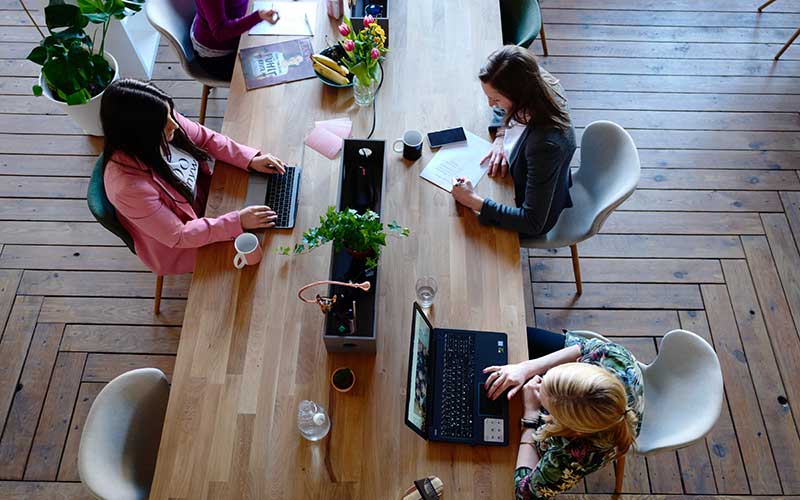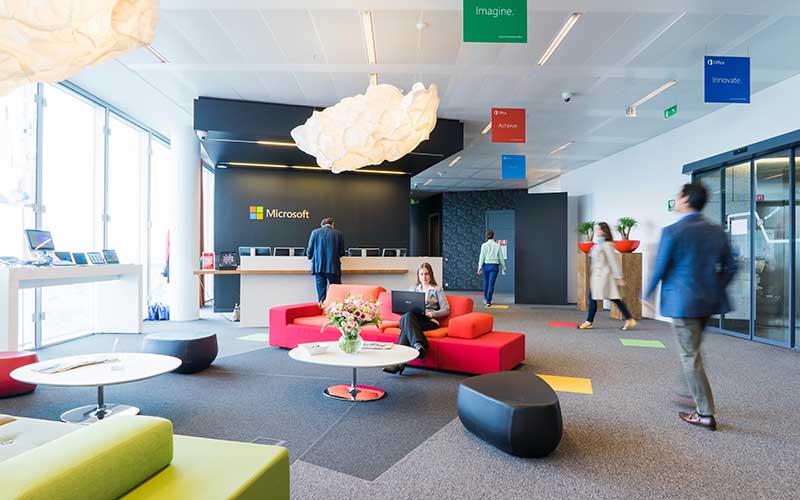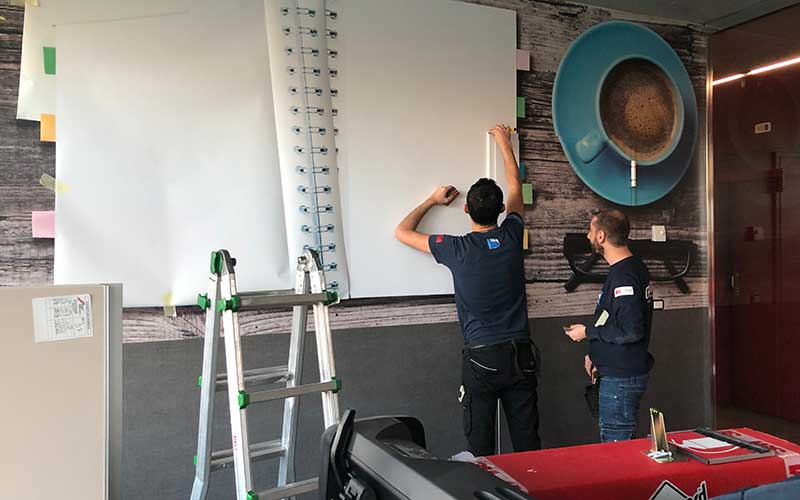with Debora Rovelli, Mktg&Comm Specialist GR Group
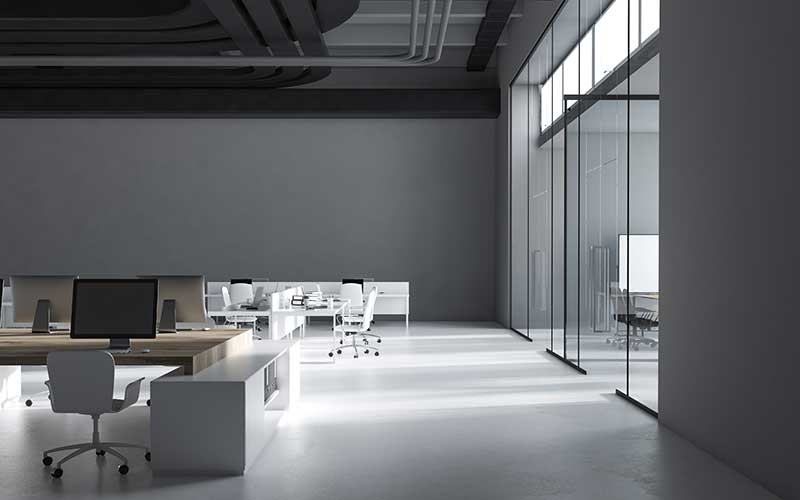
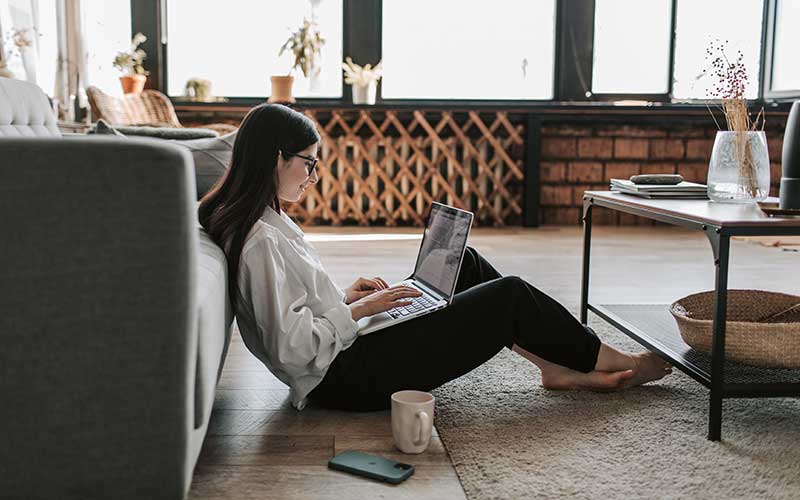
And if the advantages deriving from the application of the principles of Environmental and Physical Branding to corporate environments have been exhaustively clarified from an Employer Branding perspective, much more needs to be said in order to appreciate their full potential. Shifting our focus to more directly tangible benefits for companies, we could define branded spaces as socially produced and productive units; this means that companies purposely re-designing their workplaces according to people’s physical and emotional needs are able to reach a much higher competitive advantage. After all, economy itself is technically shaped around actual concentrations of people in tangible places; likewise, Environmental and Physical Branding transform contemporary companies into places that, allowing people to remain true to themselves and their own unique individualities, mobilize and attract creative and productive energy, reaching and capitalizing considerable overall economic gain.
But what does wrapping have to do with years of high concept sociological research?
The answer to that is simpler than we think. Remember our little headquarters fantasy? Let us pick up where we left off: a dull, unwelcoming corporate environment turned into an explosion of meaningful colors.
We are still missing something. A blink of an eye, and everything comes to life: those once empty walls now gather the entire history of that company. They represent the great effort required for skilled, tightknit professionals to work together towards their shared goal: growing both individually and as a team. It only took simple adhesive films, and yet we feel empowered by that strength, filled by that pride, and motivated by that enthusiasm. Relatively little time and effort resulting in the most powerful emotional impact: this alone could be considered quite an exhaustive answer to our question.
However, wrapping and Physical Branding share a much deeper relationship. With the rising political, economic and social concerns brought about by Covid-19, Corporate Social Responsibility has progressively earned a prominent spot within the creation of the so-called “New Normal”. With that being said, the association between wrapping and sustainability becomes increasingly clear: while using adhesive films has traditionally been associated with customization for both vehicles and objects, its potential in terms of protection and increased durability for furniture has yet to be entirely unlocked. An accurate representation of that potential comes from the amount of waste annually produced by renovations, which is estimated to reach a whopping 2.2 billion tons by 2025; largely made up of a wide range of materials, from wood to concrete, from bricks to metal, construction and demolition waste poses an unprecedented risk on environmental sustainability. And that is where a more widespread use of adhesive films comes in handy: not only do they wrap older furniture into a fresher look, but they also provide long-term protection and prolonged durability. This, along with the fact that wrapping does not require any heavy construction intervention, promotes a considerable reduction in both construction and overall waste, encouraging sustainability and circular economy patterns.
Finally, the time has come to answer our fundamental question: can wrapping define modern spaces? Yes, it can. In the context of Physical and Environmental branding, adhesive films effectively contribute to shaping contemporary spaces in ways which we never considered possible: from the stimulation of personalization and emotional engagement to the implementation of Employer Branding and overall corporate performance, wrapping has proven itself capable of profoundly influencing the way we live and structure our day-to-day spaces and habits, while conforming to the universal need for social and environmental sustainability.
